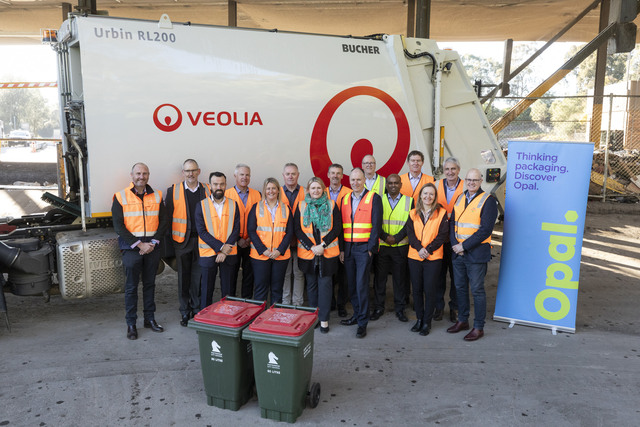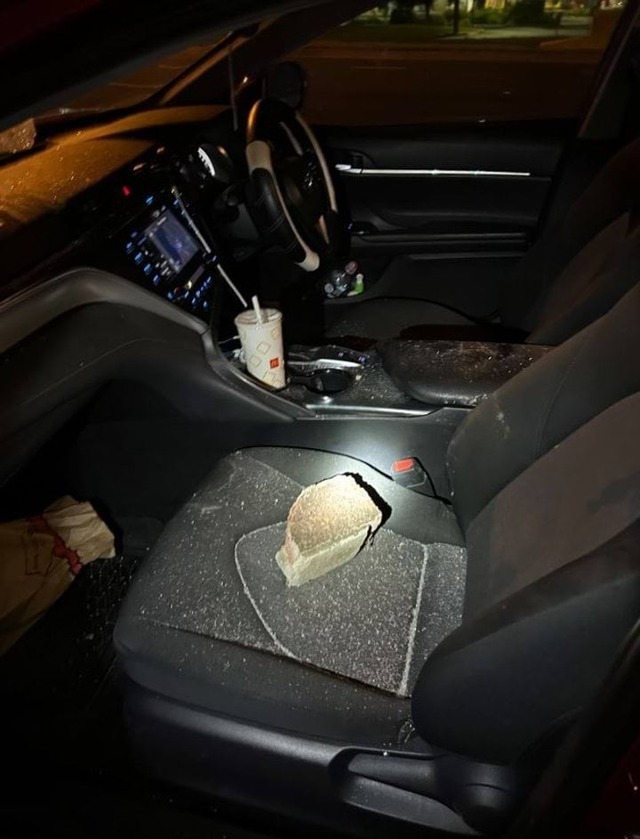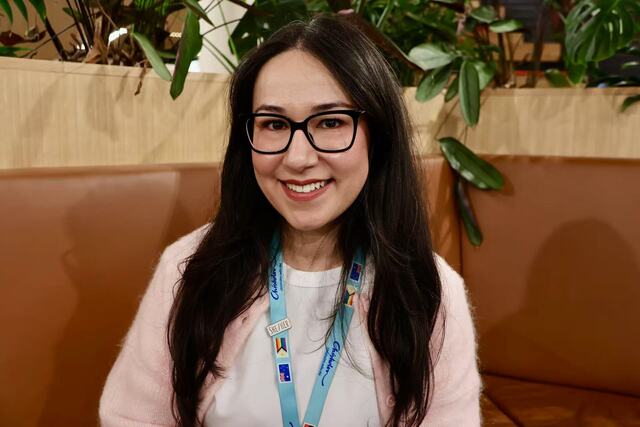Nine South East councils have committed to diverting at least 95 per cent of household rubbish from landfill to a waste-to-energy incinerator in Maryvale in the Latrobe Valley for 25 years.
Spurred by a looming landfill shortage, Bayside, Cardinia, Casey, Frankston, Greater Dandenong, Kingston, Knox, Whitehorse and Yarra Ranges have signed up to the waste supply agreement after a series of closed council meetings in July.
The long-term deal is with Maryvale EfW Project Co Pty Ltd – a consortium of Veolia, Opal Australian Paper and Masdar Tribe Australia.
The energy-to-waste plant will be built next to OAP’s existing paper mill, and will supply heat and energy to the mill.
Councils will deliver their waste to a transfer station planned for construction in Melbourne’s South East. The waste will then be bulk transferred to Maryvale EfW.
The councils are part of the South East Melbourne Advanced Waste Processing Ltd consortium, which invited proposals from three industry candidates during the procurement process.
SEMAWP chair and Bayside Council CEO Mick Cummins said the 25-year waste supply deal was to provide cost certainty and waste processing security to the nine councils.
He said it was a “great outcome for residents of the nine councils involved in this project that began in 2019”.
“This solution provides an alternative to landfill that makes better use of household waste than burying it in the ground. Items that can’t be reused or recycled will be put to better use.”
Mr Cummins said the diversion of “residual waste from landfill” would reduce greenhouse gas emissions by 270,000 tonnes annually, equivalent to removing 50,000 cars off the road per year.
“It is expected to create more than 500 temporary jobs during construction and an estimated 455 permanent operating jobs, including direct and flow-on, over the coming years.
“So, it reduces emissions, creates investment and employment, and preserves land for better uses than landfill.”
In recent years, concerns had been raised by councils about being potentially locked into supplying a “minimum tonnage” of waste over a 25-year contract.
Others have questioned the datedness of technology and the pollution from burning rubbish in an energy-to-waste incinerator, as well as potentially escalating gate fees due to a “monopoly” project.
Six of the original 15 member councils pulled out – Boroondara, Glen Eira, Manningham, Maroondah, Monash and Stonnington.
SEMAWP has stated that modern, best-practice waste-to-energy facilities met strict emissions standards with real-time emission monitoring.
In Victoria, the plants are regulated by Environment Protection Authority Victoria and Recycling Victoria.
The SEMAWP solution has been pursued to divert household waste from rapidly-diminishing landfill.
Hampton Park landfill, currently used by many South East councils, is nearing the end of life.
The nearest alternative tips are further away across Melbourne.
In March, a Greater Dandenong report warned that without SEMAWP, the council would be left “navigating the market on their own” for landfill alternatives.
“This approach risks missing out on the benefits of collective group purchasing power, potentially resulting in higher gate fees over time.”
City of Greater Dandenong mayor Lana Formoso, said local residents and communities across the South East would benefit.
“By working together, we will reduce landfill, slash greenhouse gas emissions, create a valuable energy source and provide employment across the region,” Cr Formoso said.
City of Casey Chair of Administrators Noelene Duff said the City of Casey was pleased to be part of this initiative.
“Advanced waste processing is a great solution for household rubbish that would normally go to landfill and facilities such as this one will play a significant role in achieving targets to divert 80 per cent of household rubbish from landfill by 2030,” Ms Duff said.
“Casey has been a proud contributor to this significant project for several years, with a number of our knowledge experts ensuring this brings the best possible outcomes for the Casey community. It’s a proud moment to see this project come to life after years of planning.”
In March, Cardinia Council confirmed to Star News that a minimum tonnage had been agreed.
“Council has committed to a minimum tonnage amount as part of its future advanced waste processing contract, as we believe this will help the chosen service provider to plan and provide an efficient and effective service,” Cardinia infrastructure services manager Misty Johannsen said.
“The minimum tonnage amount proposed is compatible with Council’s long-term waste minimisation goals, as outlined in our Waste and Resource Recovery Strategy.
“Council will maintain a strong focus on providing education, services and initiatives for the Cardinia Shire community to reduce its waste over the long term.”
The council states on its website that the facility will start operating in five-to-six years.







